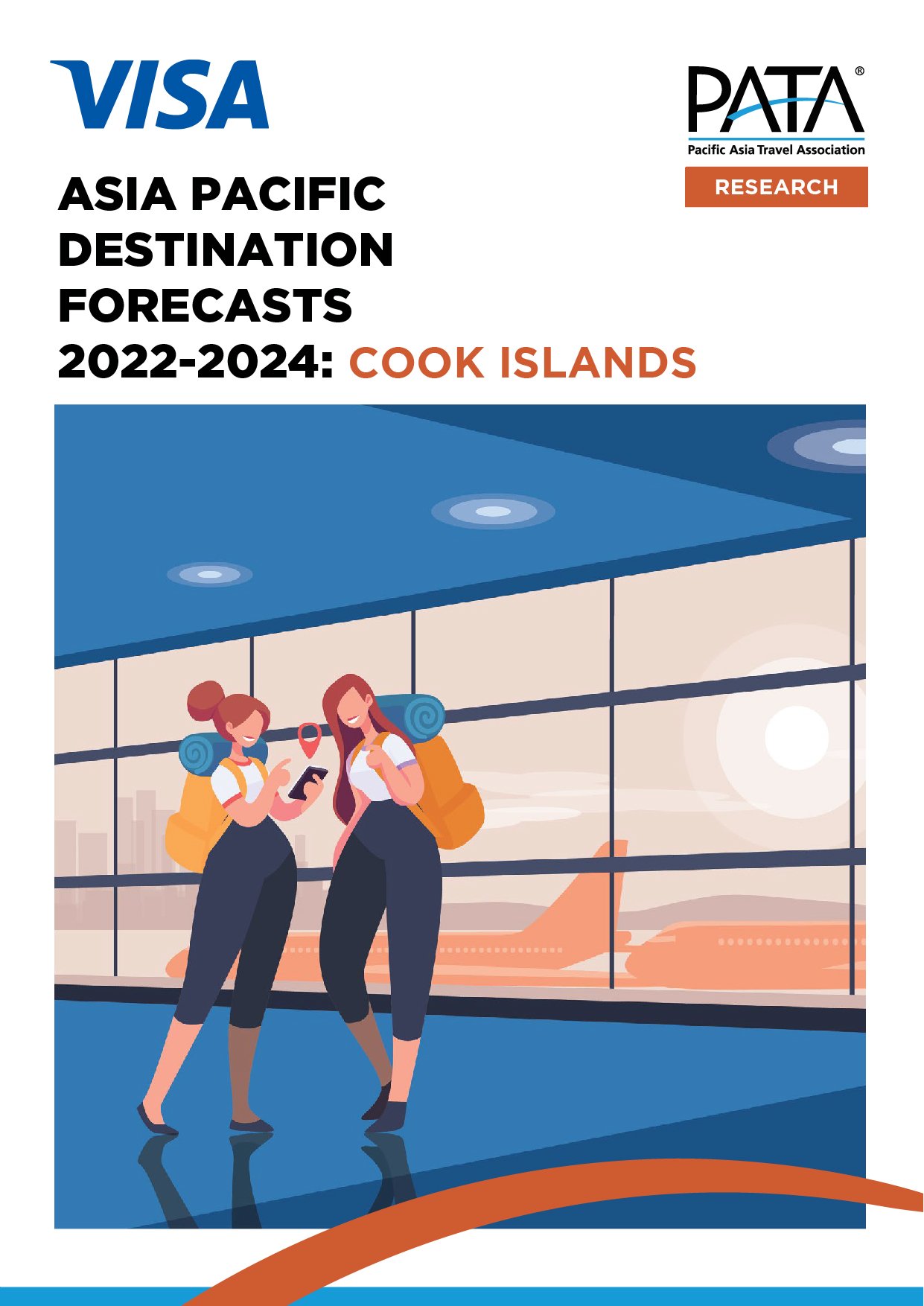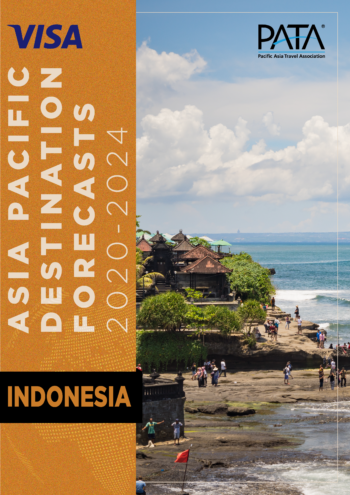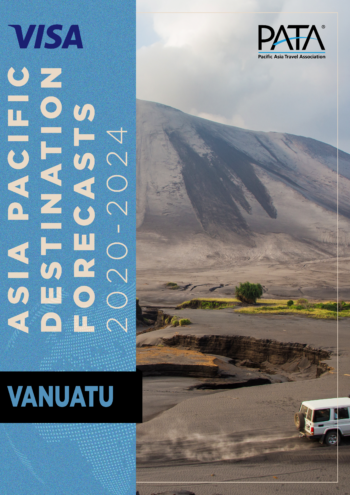Destination Forecasts 2022-2024
Please select the destination report(s) of your choice and place the order. We will email you the download link within 1-2 business days.
Pricing 1: Access to all 39 destination reports
Pricing 2: Access to any 5 destination reports
Pricing 3: 50% discount
Chapter Members: $3,000
Pricing 1 Members include: Government Level I, Aviation Level I, Partners (except Alliance Partners)
Pricing 2 Members include: Government Level II (NTO & National Allied Partner), Aviation, Hospitality - Corporate, Hospitality - Corporate Affiliate, Industry - Corporate
Pricing 3 Members include: Government Level II (Province/State, Municipal/CVBs & Provincial/State/Municipal Allied Partner), Alliance Partner, Hospitality - Property, Hospitality - General, Industry - General, Industry - Travel Agency, Industry - Tour Operator, Industry - Association, Industry - Media, Education - Premium, Education - Basic
Exclusive Sponsor:
In follow up to the most recent release of the PATA “Asia Pacific Overall Visitor Forecasts 2022-2024” last week, the Pacific Asia Travel Association (PATA) today announced the release of destination-specific reports for each of 39 destinations within the Asia Pacific region. Sponsored by Visa and with data and insights from Euromonitor International, this suite of reports builds on the current forecasts by delving deeper into the changing dynamics of travel and tourism into and across the Asia Pacific region at the single destination level.
Each of these 39 reports covers a specific destination in the Asia Pacific and individually provides:
Annual forecasts of visitor arrival numbers into each destination, by scenario and source region;
Recovery rates for international visitor arrival (IVA) growth back to the 2019 benchmark;
Annual changes in relative visitor share by source region, year, and scenario;
Quarterly changes in scheduled international inbound air seat capacity to 2022; and
Economic, income and expenditure outlook & trends, and domestic tourism.
These scenarios, when combined with other relevant metrics, provide hard data on how travel demand preferences could play out in these destinations and how they might recover under various scenario conditions. Scheduled international inbound air seat capacity, for example, shifts relatively quickly according to demand. In other words, understanding the likelihood of when and where capacity increases become a useful barometer of potential demand that can translate into increased arrivals.










































































































